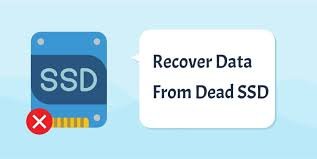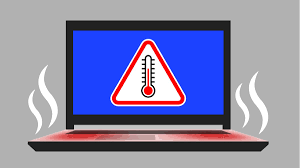Crypto Made Easy: A Step-by-Step Guide to Generating Your Own Wallet Address
Cryptocurrency has revolutionized the way we perceive and handle financial transactions. At the core of this digital revolution lies the concept of wallet addresses. In this comprehensive guide, we'll delve into the intricacies of generating your own wallet address, demystifying the process step-by-step.
What is a Wallet Address?
A wallet address serves as a unique identifier in the realm of cryptocurrencies. Much like a bank account number, it enables individuals to send and receive digital assets securely. However, unlike traditional banking systems, wallet addresses are decentralized and operate on blockchain technology.
Types of Cryptocurrency Wallets
Before delving into the generation process, it's essential to understand the different types of cryptocurrency wallets available. These include hardware wallets, software wallets, paper wallets, and more. Each type offers its own set of advantages and drawbacks, catering to diverse user preferences and security needs.
The Significance of Generating Your Own Wallet Address
Generating your own wallet address is paramount for several reasons. Firstly, it enhances the security of your funds by eliminating reliance on third-party services. Additionally, it grants you full control over your assets and minimizes the risk of unauthorized access or tampering.
Step-by-Step Guide to Generating a Wallet Address
- Choosing the right wallet provider: Begin by selecting a reputable wallet provider that aligns with your security and usability requirements.
- Setting up your wallet: Follow the registration and setup process provided by your chosen wallet service.
- Accessing the wallet address generation feature: Navigate to the designated section within your wallet interface to initiate the address generation process.
Security Measures During the Generation Process
During the address generation process, prioritizing security is paramount. Ensure that you're connected to a secure internet connection to mitigate the risk of interception or tampering. Remain vigilant against phishing attempts and consider implementing two-factor authentication for an added layer of protection.
Understanding Public and Private Keys
Central to the concept of wallet addresses are public and private key pairs. The public key serves as your wallet address, visible to others for transactions, while the private key grants access to your funds and should be kept confidential at all times.
Generating Your Address
- Initiating the address generation process: Follow the prompts provided by your wallet provider to generate a new address for your account.
- Verifying the generated address: Double-check the accuracy of the generated address before proceeding, ensuring that it matches the intended destination for your transactions.
Backup and Recovery Procedures
Once your address is generated, it's crucial to establish backup and recovery procedures to safeguard against potential loss or damage. Consider storing backup information in multiple secure locations, such as encrypted external drives or paper backups stored in a secure location.
Utilizing Your Wallet Address
With your address in hand, you're ready to start transacting in cryptocurrencies. Share your address with others to receive payments or initiate transactions. However, exercise caution and always cross-verify addresses before sending funds to ensure accuracy and prevent errors.
Common Mistakes to Avoid
Despite the simplicity of the process, common mistakes can lead to significant consequences. Avoid sending funds to the wrong address by triple-checking the recipient's details before confirming transactions. Additionally, remain vigilant against scams or fraudulent schemes targeting inexperienced users.
Advanced Security Practices
For users seeking an extra layer of security, advanced options such as cold storage and multi-signature wallets offer enhanced protection against unauthorized access and malicious attacks. Explore these options to fortify the security of your digital assets further.
Regularly Updating Your Wallet Software
To stay ahead of potential security threats, it's imperative to keep your wallet software up-to-date with the latest security patches and protocol upgrades. Regularly check for updates provided by your wallet provider and promptly install them to ensure compatibility and security.
Ensuring Anonymity and Privacy
While blockchain transactions are inherently transparent, users can still take steps to enhance their anonymity and privacy when utilizing wallet addresses. Explore privacy-focused cryptocurrencies and wallets that prioritize user confidentiality and anonymity.
Educating Others About Wallet Address Security
As cryptocurrency adoption continues to expand, educating others about the importance of wallet address security becomes increasingly crucial. Share your knowledge and experiences with friends, family, and peers, encouraging them to take proactive steps towards securing their digital assets.
Real-Life Examples of Wallet Address Vulnerabilities
History has shown us the potential vulnerabilities associated with wallet addresses, from phishing attacks to security breaches. By learning from past incidents and understanding common pitfalls, users can better protect themselves against similar threats in the future.
Future Developments in Wallet Address Security
Looking ahead, ongoing advancements in technology promise to further enhance the security of wallet addresses and the broader cryptocurrency ecosystem. Keep abreast of emerging developments and innovations to stay ahead of the curve and ensure the ongoing security of your digital assets.
Conclusion
In conclusion, generating your own wallet address is a fundamental step towards securing your cryptocurrency holdings and engaging in seamless transactions. By following the step-by-step guide outlined in this article and adopting best practices for wallet security, you can navigate the world of cryptocurrencies with confidence and peace of mind.









